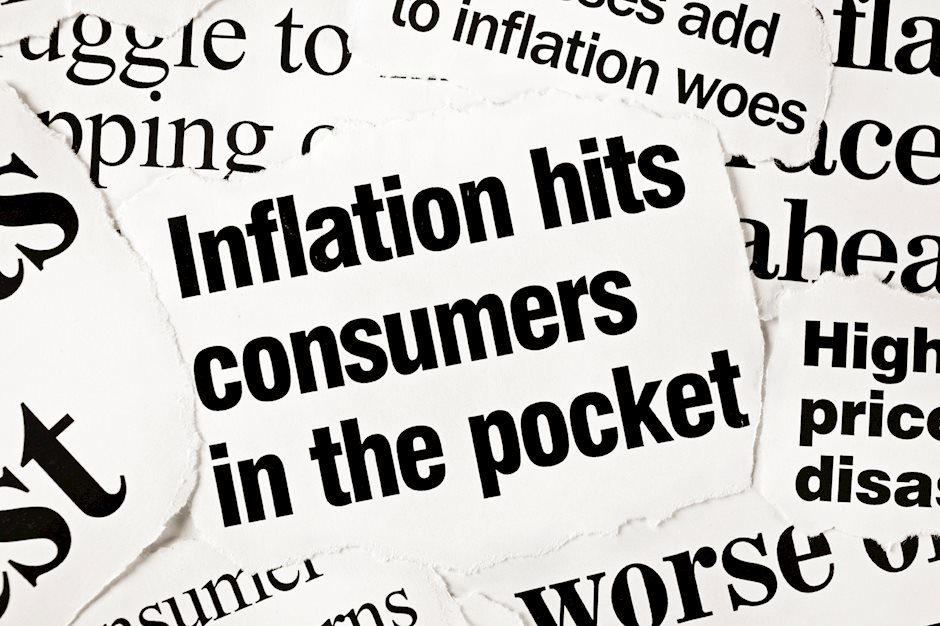Cyclicals, inflation hedges and Cardano

Markets are set for a quiet end to the week with SPX and DOW closing at new highs, while Nasdaq remains dragged by higher yields as cyclicals continue to gain favour. A strong US PPI reading helped to lift the US dollar on Thursday, highlighting the focus on price growth. The consumer will be in the spotlight Friday with the UMich consumer sentiment survey. Below is the latest sign of Cardano's resilience against Ethereum as ADA/USD regains $2.00. Ashraf has constantly pointed out over the past 6 weeks how Cardano contine to outperform most major cryptos (showing smaller declines than those seen in BTC and ETH).
The latest trade in global appears to be based on the belief that inflation is cresting and delta will be cresting soon, at least in the United States.
What's tricky about the trade is that no one knows what's coming next. Both the inflation and covid puzzles will take months to sort out and market participants will be along for the ride.
On Wednesday, the US dollar sold off on flat CPI number but on Thursday it turned higher again as PPI beat expectations at 7.8% compared to 7.3% expected. Core producer prices were similarly strong.
That ebb and flow is likely to be a microcosm of trading in the next year. The multitude of potential skews in pricing data makes it challenging to define how these will finally determine the final headline figure. CPI showed that auto prices are topping but how much of the gains they give back and how soon is a mystery.
Keep in mind that markets aren't just pricing in 2% vs 3.5% inflation or when those levels will be reached. The market has little reason to fear an overshoot in prices. The real risk is that a wage-price spiral puts the Fed behind the curve and leads to a jarring set of surprise hikes and upends the low rate environment. To be sure, that's a tail risk but given new highs in US equities, it's a a risk like no other.
Looking ahead, the UMich consumer sentiment survey will offer some insight on the health of the consumer, but the larger market mover may again be inflation. They survey includes 1-year and 5-10 year views on prices and if those shift even slightly, the market will take note.
Author

Adam Button
AshrafLaidi.com
Adam Button has been a currency analyst at Intermarket Strategy since 2012. He is also the CEO and a currency analyst at ForexLive.


















